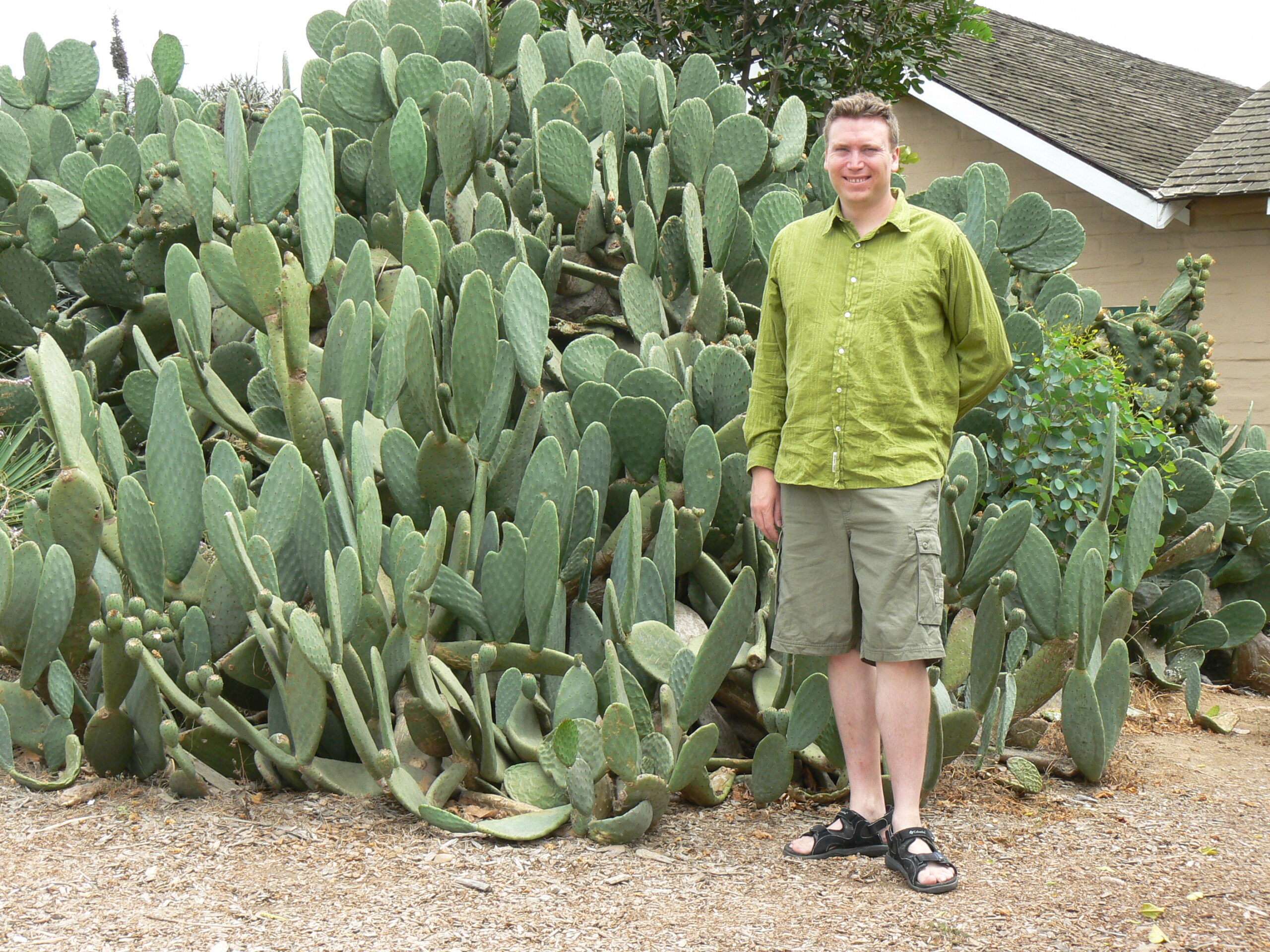If 2020 was a drink, it would be a Baileys and lime juice. Or maybe a red wine mixed with Diet Coke. Or whatever terrible cocktail you can think of. To quote Comic Book Guy, “worst year ever”. It started out with half of Australia on fire, then the pandemic arrived, oil prices crashed, murder hornets buzzed about, school closures sent the kids home, riots in the streets, and who knows what fresh torments still await us before this accursed year shuffles off its mortal coil.
I have been locked down at home since March, isolated from friends and family, with only the contents of my ever-dwindling wine cellar to keep me company. I do have a special bottle of Champagne in the cellar that I am saving until December 31, not to enjoy after a countdown kiss with a special lady, but to finally see the end of this accursed year.
As sparkling wines go, the Italians have Prosecco, and the Spanish have Cava, but both are inspired by the French bubbly we call Champagne, whose history can be traced back to the days of the Roman Empire. In the year 92 A.D., the Roman Emperor Domitian decreed that most of the vineyards of France be uprooted to eliminate competition with Italian wines. For two hundred years, the French vineyards were cultivated secretly until the decree was lifted by Emperor Probus. After the end of these dark days, the wines from the Champagne region of France were considered among best in Europe.
Until the late 1600s, white wines were stored in casks instead of bottles. Unfortunately, the summer heat would often cause a secondary fermentation in the casks, spoiling the wine. It was discovered that bottling the wine before it was fully fermented would allow the wine to age more gracefully.
However, bottling the wine before it was fully fermented caused a new problem; up to a third of the bottles would unexpectedly explode! The pressure inside the bottle would increase due to the carbon dioxide produced during the fermentation process, and eventually shatter the bottle. It was not until 1836 that a French pharmacist determined exactly how much additional sugar was needed to produce a specific volume of carbon dioxide in the wine and the corresponding atmospheric pressure within the bottle. For the first time, Champagne could be produced with a degree of reliability and, after the 1840s, still wine production in Champagne virtually disappeared in favor of sparkling wines.
The process for making champagne was perfected by Dom Pérignon, a monk in charge of his Abbey’s vineyard. Today, Dom Pérignon’s name lives on as the namesake of one of the world’s finest champagnes.
Champagne production begins by fermenting a white wine, which then undergoes a secondary fermentation in the bottle by adding a shot of yeast and sugar during the bottling process.
The wine is then cellared for at least 15 months, while the secondary fermentation in the corked bottle forces the carbon dioxide produced during fermentation to be absorbed into the wine.
After a minimum of 15 months, the yeast is collected in the neck of the bottle, which is then frozen and disgorged from the bottle. The resultant sparkling wine is then topped off and recorked.
As all prim and proper wine snobs are aware, the name “Champagne” can only be used for sparkling wines produced in the Champagne region of France. International treaties and agreements are in place to ensure that no other countries or wine growing regions can use this name to describe their sparkling wine.
Spain has their own sparkling wine known as Cava, which uses the same production method as Champagne. Italy calls their sparkling wine Prosecco, which uses a more modern and industrialized production process that performs the secondary fermentation in giant steel vats instead of in each individual bottle. The USA is a bit of a scofflaw in this regard, as they allow certain types of locally produced sparkling wine to be labeled as “California Champagne”. This name is a holdover from the early days of the American wine industry, when California winemakers were still playing second fiddle to their European counterparts.
While Champagne may be the gold standard, you do pay extra just for the name, so I often substitute a $20 Spanish Cava when the occasion calls for sparkling wine, a bargain at half the price of a comparable Champagne. What will you do to say goodbye and good riddance to 2020?






